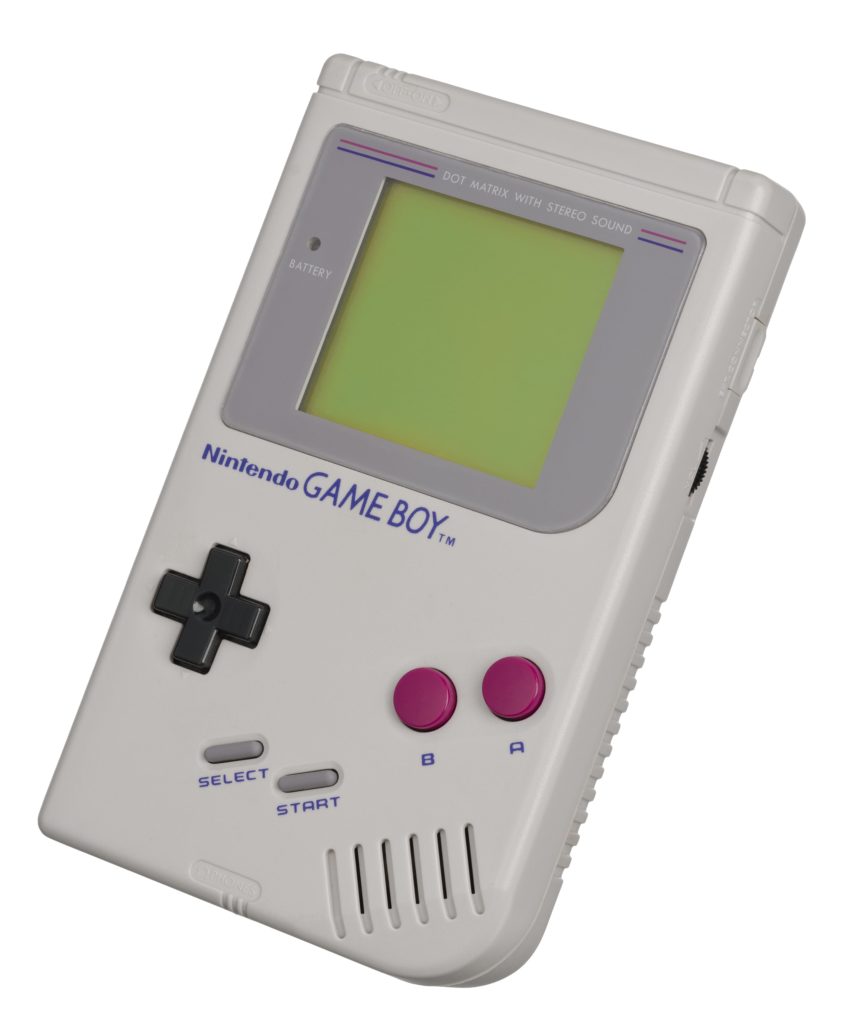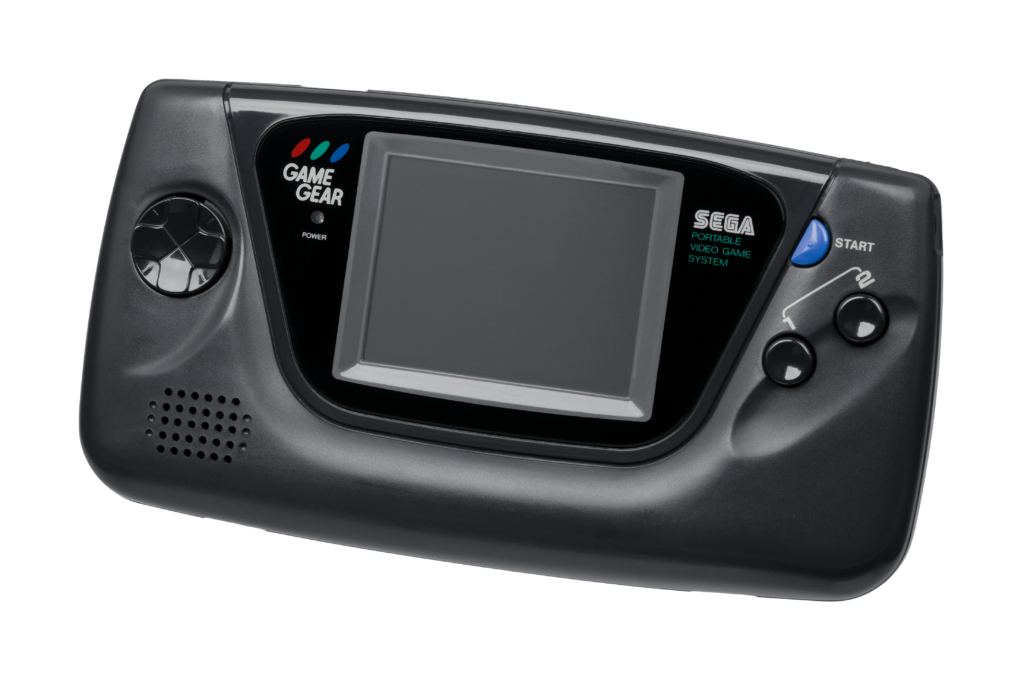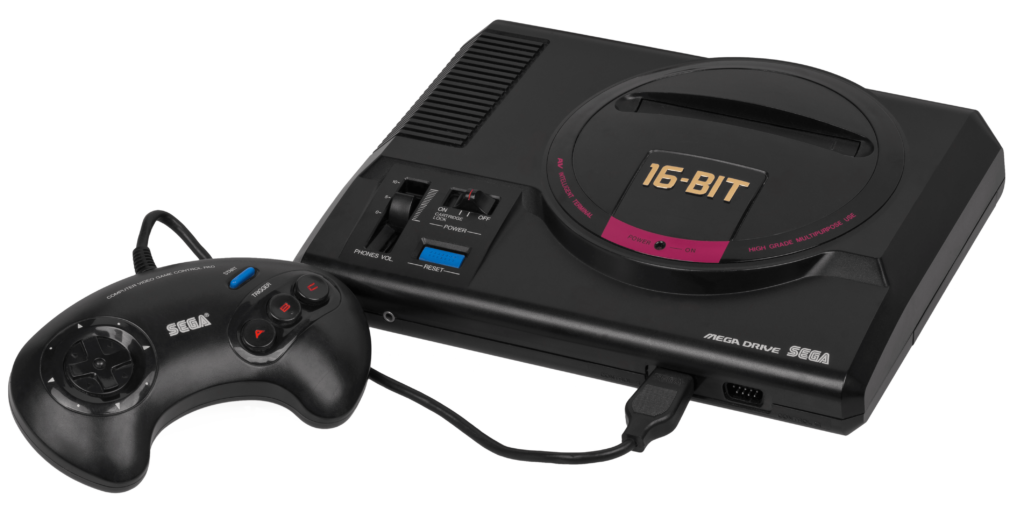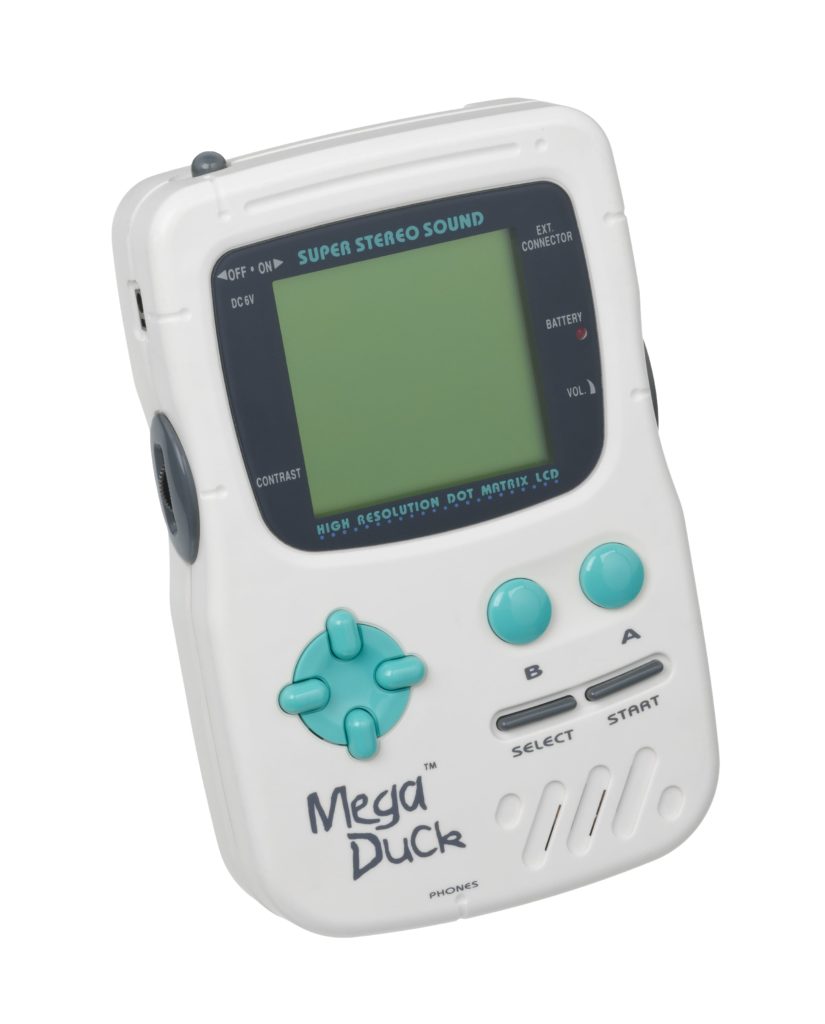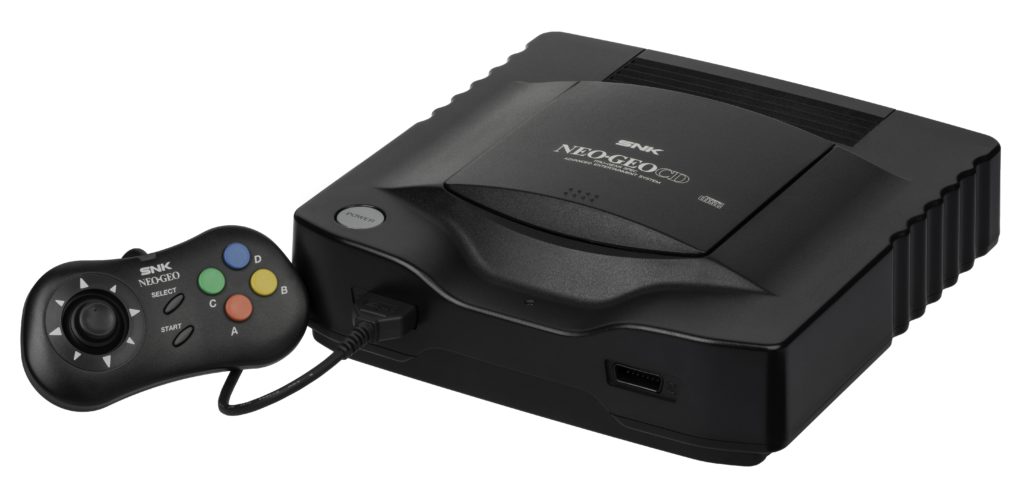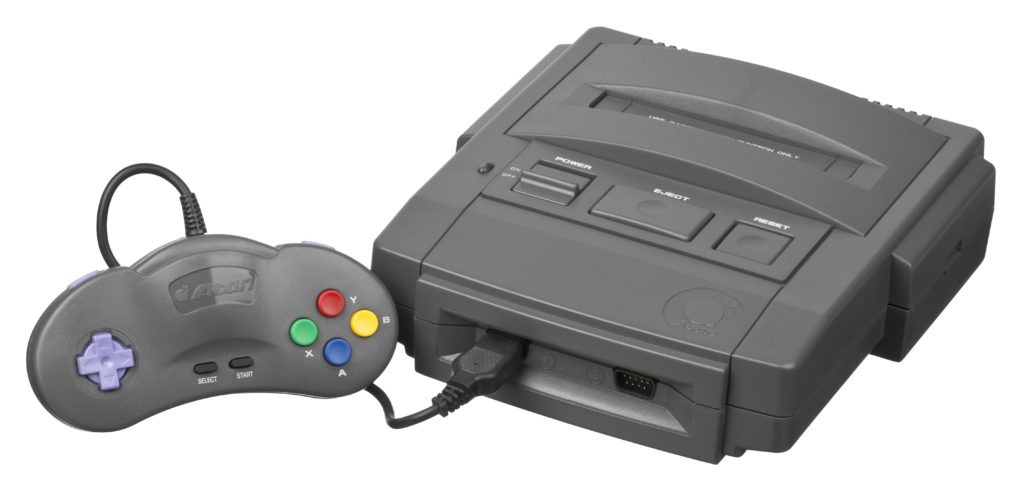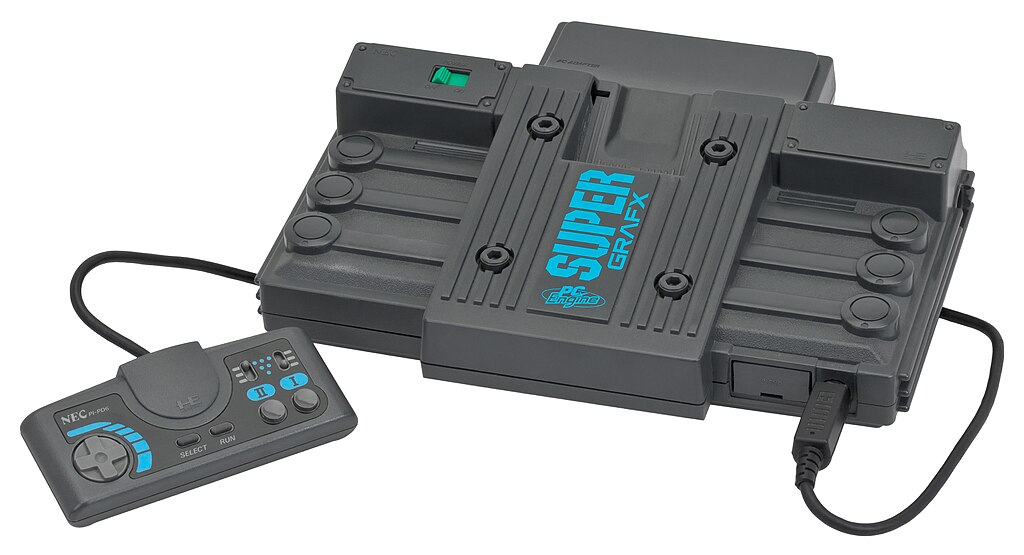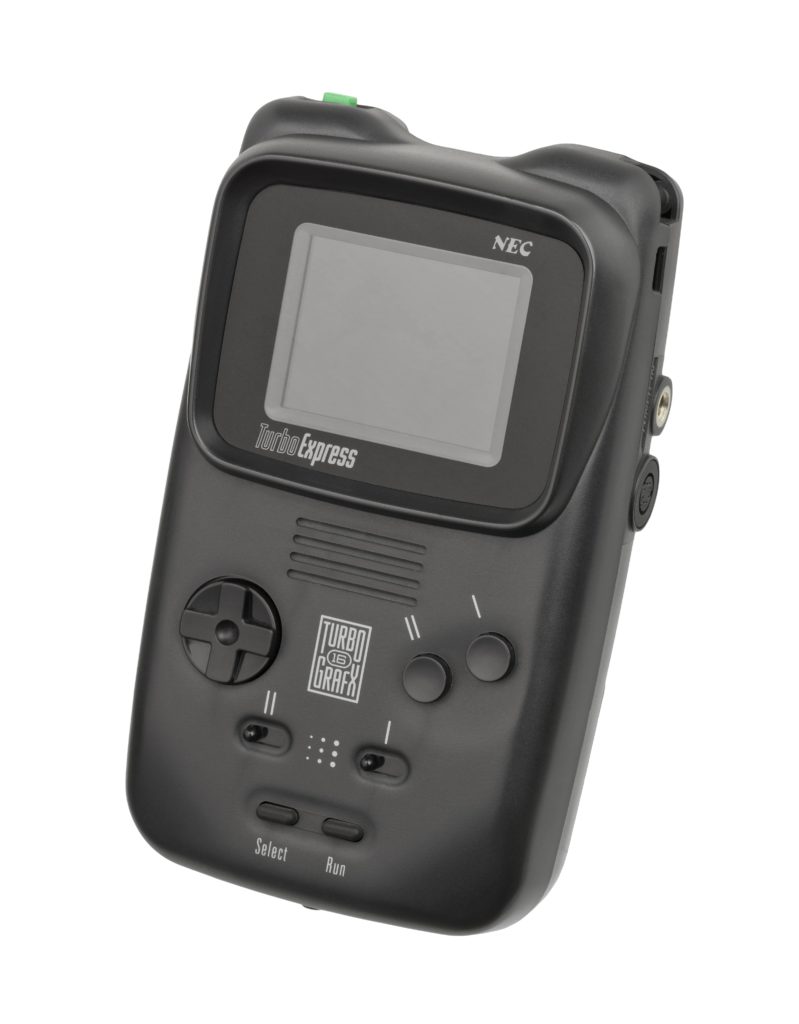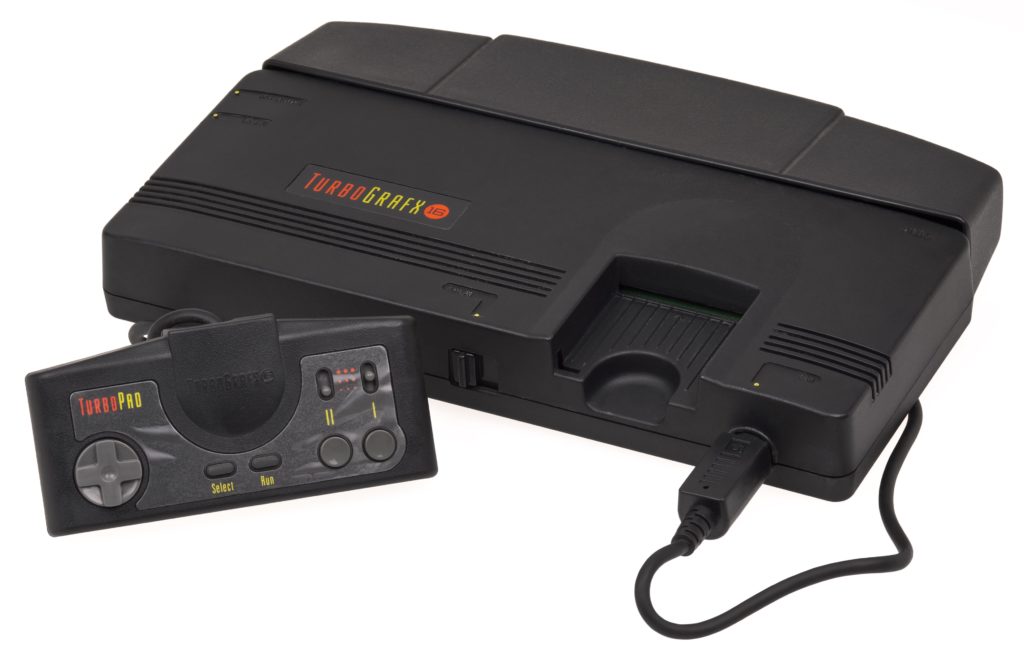1987-1996
The fourth generation of video game consoles, also known as the 16-bit era, began in the late 1980s and extended into the mid-1990s. This generation was defined by the fierce rivalry between Sega and Nintendo. Nintendo released the Super Nintendo Entertainment System (SNES), while Sega launched the Mega Drive (Genesis in North America). Other notable consoles include SNK’s Neo Geo, the TurboGrafx-16 (PC Engine in Japan), and the SuperGrafx.
This generation stood out for significant advancements in graphics, sound, and gameplay compared to the previous 8-bit generation. The 16-bit consoles offered more detailed sprites, an expanded color palette, and more complex soundtracks. Moreover, the fourth generation solidified key game genres such as RPGs, fighting games, and platformers.
Technical Information
- Processor: 16-bit
- Resolution: Up to 512×448 pixels (SNES)
- Colors: Up to 32,768 colors (with 256 displayed simultaneously on the SNES)
- Sound: Stereo audio with multiple sound channels
- Storage: Cartridges up to 4 MB
- Global Release: Late 1980s to mid-1990s
General Information
- Main Consoles: Super Nintendo Entertainment System (SNES), Sega Mega Drive (Genesis), Neo Geo, TurboGrafx-16
- Period: 1987 – 1996
- Key Rising Genres: RPG, platformer, fighting
- Iconic Games: Super Mario World, Sonic the Hedgehog, Street Fighter II, The Legend of Zelda: A Link to the Past
- Highlight Technology: Detailed sprites, stereo audio, Mode 7 effects (SNES)
Impact and Legacy
The fourth generation of consoles was crucial to the evolution of the video game industry. The “console war” between Sega and Nintendo defined an iconic era, elevating game marketing to new heights and fostering lasting fan loyalties. Titles such as Super Mario World, The Legend of Zelda: A Link to the Past, Sonic the Hedgehog, and Street Fighter II set the standard for platformers, adventure games, and fighting games.
Additionally, the fourth generation introduced concepts that would become industry staples, such as save states in cartridges and the popularization of controllers with more buttons, enhancing gameplay. The success of this generation paved the way for future innovations in subsequent generations.
Curiosities
- Sonic the Hedgehog was created by Sega to directly compete with Nintendo’s Super Mario.
- The Neo Geo, despite being extremely expensive, became famous for bringing the arcade experience into homes.
- Street Fighter II was a milestone in fighting games, influencing the development of countless titles in the genre.
- The SNES‘s Mode 7 technology allowed rotation and scaling effects, revolutionizing graphics at the time.

 Português do Brasil
Português do Brasil
